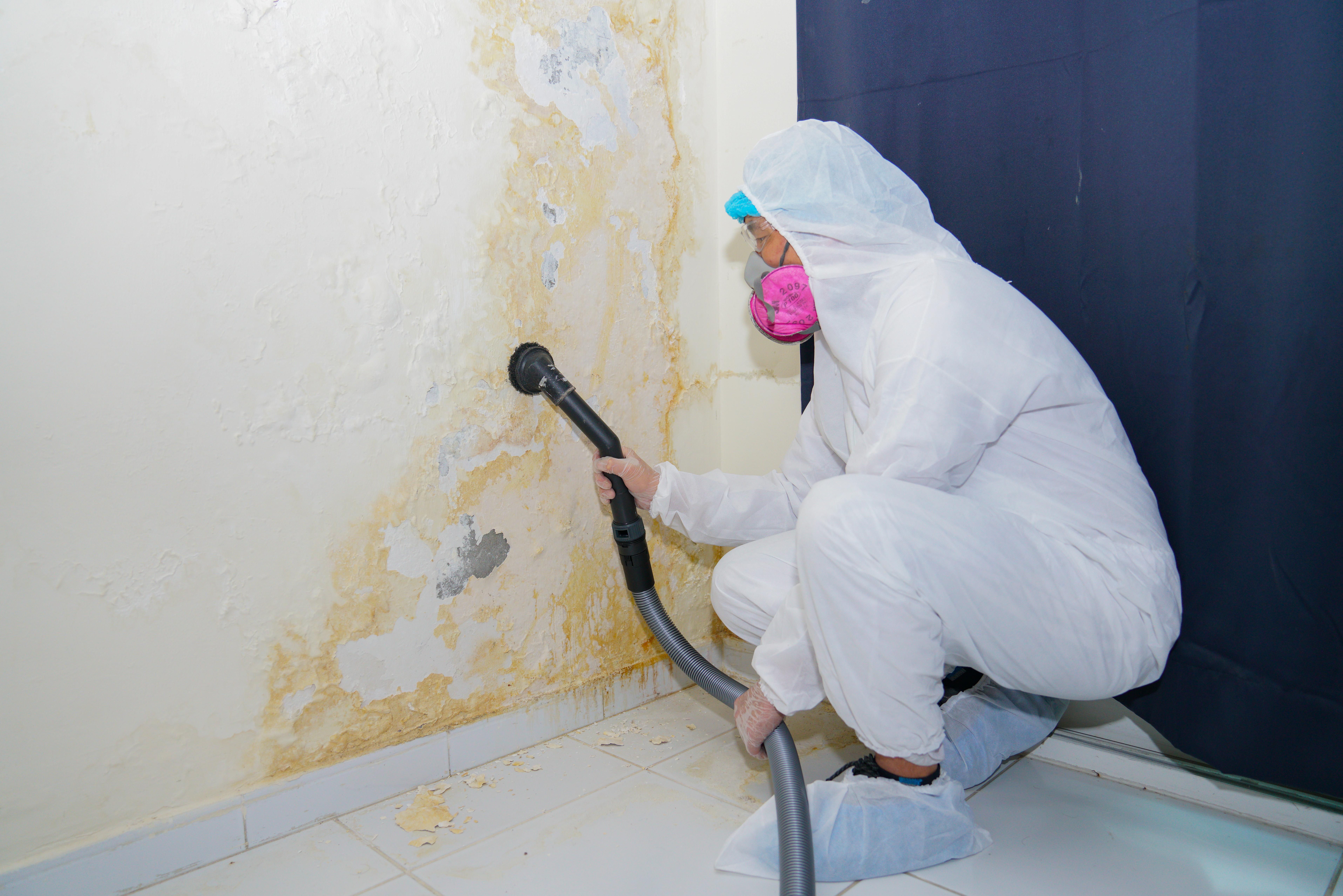Effective Post Mold Remediation Cleaning Protocols
Effective Post Mold Remediation Cleaning Protocols
Blog Article
Your Ultimate Guide to Article Mold And Mildew Removal Methods
Browsing the world of post-mold remediation methods is a thorough process that demands focus to information and a detailed understanding of the intricacies involved. In the aftermath of mold and mildew problem, knowing exactly how to efficiently get rid of the mold and mildew and stop its reoccurrence is paramount for preserving a healthy and balanced indoor atmosphere. From picking the ideal cleansing and disinfecting approaches to implementing strategies for lasting mold and mildew avoidance, each action in the removal trip plays a crucial function in ensuring an effective outcome. As we start this expedition of post-mold remediation strategies, we will reveal the essential methods and ideal techniques that can aid you recover your space to its pre-mold problem and secure it versus future mold and mildew dangers.
Understanding Post-Mold Remediation Process
After completing the mold and mildew removal procedure, it is essential to recognize the post-mold removal methods that are required to make sure a extensive and efficient cleaning. When the mold and mildew has been eliminated, the following step involves cleansing and sanitizing the influenced locations to stop any regrowth of mold.
Furthermore, carrying out a last inspection post-remediation is vital to make sure that all mold and mildew has actually been effectively removed. If the assessment discloses any type of lingering mold and mildew, extra removal may be needed.
Effective Cleaning and Sanitizing Techniques

Protecting Against Future Mold And Mildew Growth

Significance of Correct Ventilation
Proper air flow plays a crucial function in avoiding wetness build-up, a crucial aspect in mold growth within interior atmospheres. Efficient ventilation systems assist get rid of excess humidity from the air, reducing the possibilities of mold spores discovering the moisture they need helpful resources to spread out and germinate. Without appropriate ventilation, interior rooms can end up being a reproduction ground for mold, leading to possible health dangers and architectural damage.
By ensuring appropriate air blood circulation, ventilation systems can likewise aid in drying out wet areas quicker after water damages or flooding incidents, better discouraging mold and mildew growth. After mold remediation. Precede like washrooms, attics, kitchen areas, and basements where moisture degrees tend to be higher, mounting and keeping efficient air flow systems is vital in avoiding mold and mildew infestations

Monitoring and Upkeep Tips
Provided the important duty that proper ventilation plays in avoiding mold and mildew development, it is imperative to establish effective monitoring and maintenance tips to guarantee the continued functionality of ventilation systems. Monitoring humidity levels within the home is likewise vital, as high moisture can add to mold and mildew development. By remaining attentive and aggressive view to the problem of air flow systems, building proprietors can successfully alleviate the danger of mold regrowth and preserve a healthy and balanced indoor environment.
Final Thought
In verdict, post-mold removal methods are necessary for ensuring a clean and safe setting. Recognizing the procedure, implementing reliable cleansing and decontaminating approaches, protecting against future mold development, maintaining correct ventilation, and regular tracking are all critical actions in the removal process. By following these standards, you can effectively get rid of mold and mildew and prevent its return, functioning or promoting a healthy and balanced living room for all passengers.
In the after-effects of mold infestation, recognizing just how to successfully get rid of the mold and mildew and avoid its reoccurrence is paramount for preserving a healthy interior setting. When the mold and mildew has been eliminated, the following step entails cleaning and decontaminating the affected locations to prevent any type of regrowth of mold - testing air quality after mold remediation. After eliminating noticeable mold development, it is vital to clean all surface areas in the afflicted location to eliminate any kind of staying mold spores. To additionally boost mold and mildew prevention steps, it is necessary to resolve underlying issues that at first led to mold advancement.Offered the critical role that appropriate air flow plays in preventing mold development, it is important to develop reliable surveillance and maintenance pointers to ensure the continued performance of air flow systems
Report this page